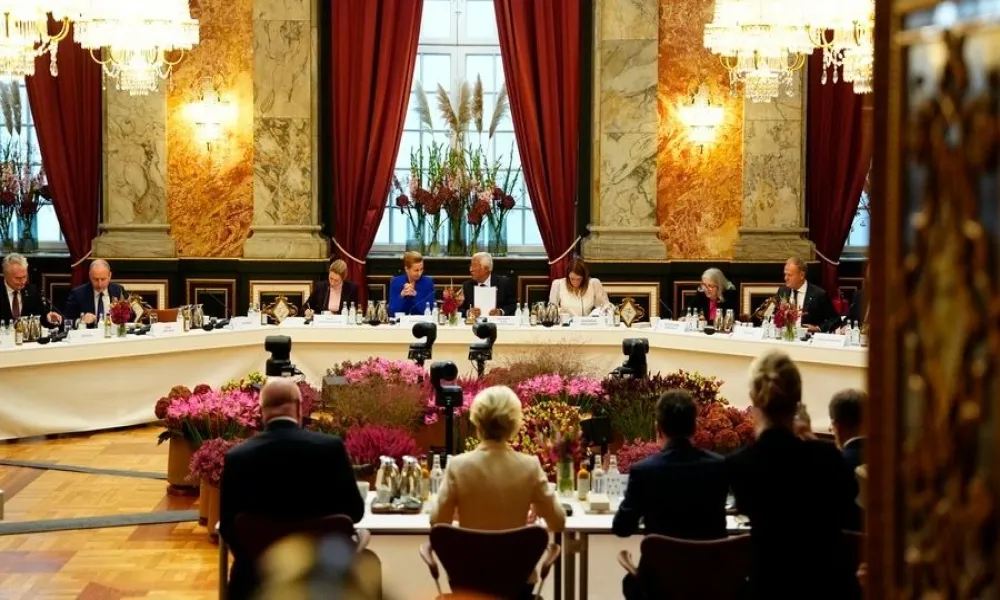One of the most contentious issues on the agenda at the informal European Council summit in Copenhagen is the European Union’s position on the use of frozen Russian state assets - an unresolved topic that continues to split member states.
Following Russia’s full-scale invasion of Ukraine in February 2022, the United States and its allies imposed sweeping sanctions, including freezing assets worth between $300–350 billion belonging to the Russian central bank. Much of this money is tied up in European securities, including US and UK government bonds held in European depositories.
The EU is now seeking ways to channel the interest accrued on these assets towards financing Ukraine’s defence and reconstruction. However, the debate remains fraught, both legally and politically.
Moscow issues fresh warning
On Wednesday, the Kremlin warned that Russia would retaliate against any nation or individual who attempts to seize its assets. Moscow reiterated previous threats, stating that the expropriation of Russian funds would harm European investment and financial credibility.
Despite the threats, European Commission President Ursula von der Leyen reaffirmed her support for the initiative, stating, “The EU will not allow Russia to sow division and fear within our societies.” She has consistently argued in favour of confiscating Russian assets to support Ukraine.
Diverging positions among EU leaders
However, member states remain sharply divided.
French President Emmanuel Macron emphasised that any move involving Russian assets must be in line with international law. “When you freeze assets, it must be legally justified,” he said, aligning with Belgian Prime Minister Bart De Wever, who has publicly criticised the Commission’s push.
Luxembourg’s Prime Minister Luc Frieden expressed further caution: “You can’t just seize the assets of another state without clear legal grounds. We need to know how this would work and who would ultimately bear responsibility.”
In contrast, leaders from Nordic and Baltic countries strongly support a bolder approach.
Swedish Prime Minister Ulf Kristersson called for a “more aggressive use” of the frozen assets, saying it was “unacceptable” to leave such vast sums idle while Ukraine struggles to defend itself. Finland’s Prime Minister Petteri Orpo backed the plan as part of a “sustainable, long-term” support package for Ukraine, while Estonia’s Prime Minister Kaja Kallas and Latvia’s Prime Minister Evika Siliņa both reiterated that the EU must make full use of the assets.
Dutch Prime Minister Dick Schoof was cautiously supportive, saying the proposal “deserves serious consideration” provided that legal and financial risks are adequately addressed.
A German push for action
Last week, German Chancellor Friedrich Merz made waves with an op-ed in the Financial Times, calling for a bold European financial response under the title “A new economic push for peace in Ukraine”. He proposed a €140 billion EU loan to Ukraine, backed by frozen Russian assets as collateral. Merz framed the move as essential to showcase European resolve in the face of Russian aggression.
Legal and financial risks still unclear
Although the political will to support Ukraine remains strong, the legal pathway to seizing or redirecting frozen sovereign assets is complex. Many legal experts warn of potential precedent-setting consequences for global financial systems, particularly regarding the sanctity of sovereign reserves.
As the Copenhagen summit continues, EU leaders must grapple with the dilemma of turning moral commitment into lawful action, without exposing the bloc to retaliatory or reputational harm.
